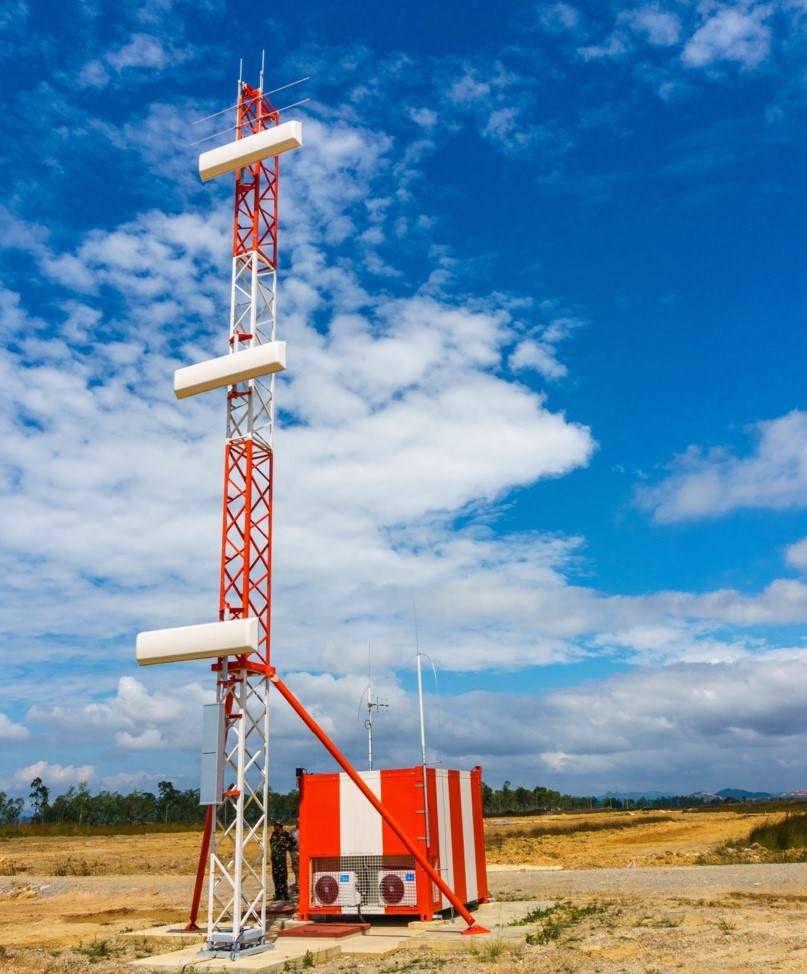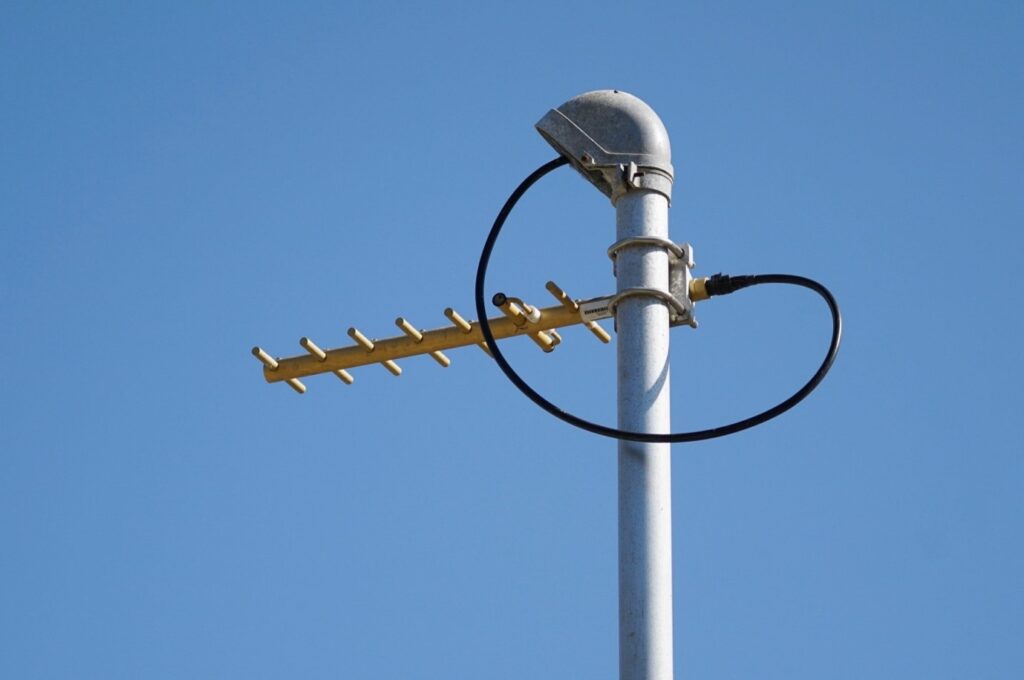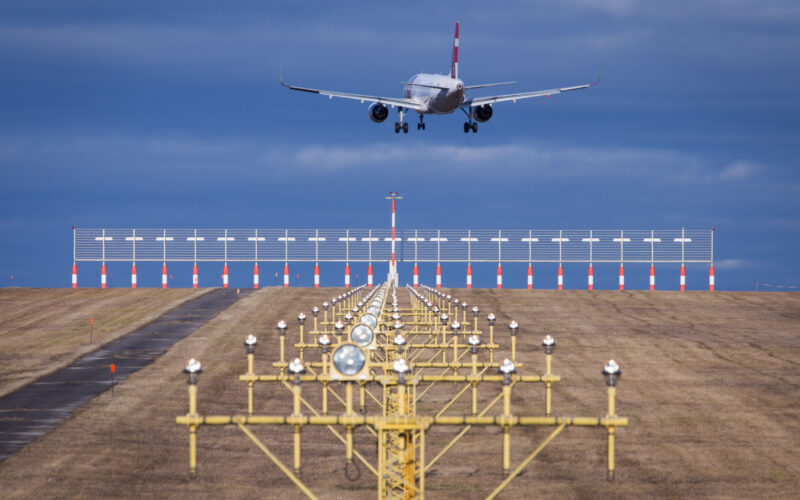A critical component in modern aviation, the Instrument Landing System known as ILS has revolutionized the way that aircraft approach and land at airports. Employing a combination of ground-based radio signals and avionics instrumentation, the ILS plays a pivotal role in enhancing the precision and safety of aircraft landings, particularly in adverse weather conditions.
This article will delve into the workings of the Instrument Landing System, unraveling the technology behind it and shedding light on its importance for the aviation industry.
Overview of ILS
Definition and purpose
The ILS is a sophisticated navigational aid used in aviation to assist pilots during the approach and landing phases. Its primary purpose is to provide precise guidance to aircraft, enabling them to land safely, especially in adverse weather conditions. ILS achieves this by offering both lateral and vertical guidance to ensure accurate alignment with the runway. Pilots in the cockpit receive data transmitted to their instruments that assists them in maintaining a predetermined flight path.

Historical evolution
The development of ILS dates back to the early 20th century, with continuous advancements being made over the years. Initial testing of ILS commenced in the United States (US) when on September 24, 1929, Jimmy Doolittle was the first pilot to perform a complete flight, including takeoff, flying, and landing, relying solely on instruments without visual reference outside the cockpit.
On January 26, 1938, a Pennsylvania Central Airlines Boeing 247D executed the first scheduled US passenger airliner landing using the ILS. The flight, from Washington D.C. to Pittsburgh, Pennsylvania, successfully landed during a snowstorm, relying solely on the ILS.
The first fully automatic landing utilizing ILS took place in March 1964 at Bedford Airport in the United Kingdom. When the Category IIIC ILS performs a precision instrument approach and landing without decision height and unlimited runway visual range, it becomes a fully automatic approach for landing. Decision height is a specified altitude, expressed in feet above the ground or sea level, at which a pilot must decide whether to carry an instrument approach.
Key components of ILS
Localizer (LOC)
A crucial component of ILS is the localizer, which provides lateral guidance to aircraft during the approach. Positioned on the side of the runway at the touchdown point, the localizer antenna transmits a radio signal along the runway centerline. By interpreting this signal, aircraft avionics systems determine if they are on the correct course. Essentially, the localizer guides the pilot left or right, ensuring that the aircraft remains aligned with the runway centerline. It is also possible to fly on the opposite side of the localizer to approach the runway, known as localizer backcourse.
Glide path (GP)
Working with the localizer, the glide path provides vertical guidance to assist in the descent phase of landing. Located at the runway’s far end, it emits a signal that creates a precise descent path. The glide slope signal is aligned to establish a glide path that is approximately 3 degrees above the horizontal or ground level. Pilots use this signal to adjust the aircraft’s rate of descent, ensuring a smooth and accurate approach to the runway at the correct angle.

Operational modes of ILS
Precision approach
ILS offers different precision approach categories, each with specific requirements and capabilities.
- Category I: Suitable for routine operations with a decision height not lower than 200 ft and a runway visual range of at least 1,800 ft or visibility of 2,600 ft.
- Category II: Lower decision heights (down to 100-200 ft) and reduced visibility requirements (down to 1,200 ft according to the International Civil Aviation Organization (ICAO) and 1,000 ft for the European Union Aviation Safety Agency (EASA)).
- Category III: Further subdivided into IIIA, IIIB, and IIIC, with IIIB having the lowest decision heights (50 ft) and visibility requirements (ICAO 150-700 ft and EASA 250-700 ft), IIIA decision heights are 100 ft and visibility of 700 ft, down to zero/zero for IIIC. To conduct CAT-III approaches not only the pilot must be certified but the specific aircraft too.
Non-precision approach
In contrast to precision approaches, non-precision approaches or instrument approaches provide lateral guidance, but they lack the vertical guidance of a glide path. Pilots are required to use altitude and other non-precision instruments to navigate and descend, making the process less accurate in challenging weather conditions compared to precision approaches.
Radio frequencies and signal characteristics
UHF and VHF bands
For communication between the ground-based equipment and the aircraft, ILS utilizes both Ultra High Frequency (UHF) bands around 329.15 to 335 MHz and Very High Frequency (VHF) bands around 108 and 137 MHz. VHF is commonly used for the localizer, while UHF is employed for the glide slope.

Modulation technique
The localizer signal uses Amplitude Modulation (AM), varying the signal’s amplitude between the 90Hz and 150Hz signals to convey information.
Autoland capability
The autoland system enhances ILS capabilities by automating the landing process. In adverse conditions or low visibility, the autoland system can take control of the aircraft, following ILS guidance precisely. This capability reduces the workload of and ensures a safe landing even in challenging situations.
ILS maintenance and calibration
ILS requires regular maintenance to ensure the accuracy and reliability of its signals. Ground-based maintenance crews conduct routine checks and calibrations, verifying that the localizer and glide path signals meet stringent standards.
Increasing numbers of drones are being developed to enhance ILS inspection operations, significantly reducing the need for manned aircraft flight checks. This has resulted in a notable decrease in overall operational costs at airports.
Alternatives and future developments
The Microwave Landing System known as MLS is a precision radio guidance system designed for major airports, providing all-weather assistance to aircraft during landings, including those conducted in conditions with limited visibility. In 1994, the Federal Aviation Administration (FAA) in the US stopped the MLS program, opting instead for the satellite-based Global Positioning System known as GPS.
The Transponder Landing System known as TLS is a precision landing technology suitable for all weather conditions. It utilizes ILS and the existing airborne transponder to establish a precise approach in locations where a conventional ILS might not be viable or where reliance on satellite-based navigation might prove unreliable. Since 1998, the TLS has received FAA certification for Category I ILS usage, also approved by ICAO.
Localizer Performance with Vertical Guidance (LPV) is a high-precision approach procedure used in aviation that leverages GPS signals to provide both lateral and vertical guidance during the aircraft’s approach and landing phases. In addition, they do not require the aircrew to receive specialized training. As of October 5, 2021, the FAA has confirmed that there have been 4,140 LPV approaches across 2,017 airports.
The Ground-Based Augmentation System known as GBAS is a satellite navigation technology designed to enhance the reliability and accuracy of Global Navigation Satellite Systems (GNSS), for example GPS. Major airports around the world have adopted GBAS to enhance their navigation capabilities, providing more flexibility in approach procedures and increasing operational efficiency.
Unlike traditional ILS, which relies on ground-based radio signals, GBAS utilizes satellite-based signals, offering several advantages. The system is especially beneficial in areas with challenging terrain or where installing traditional ground-based navigation aids might prove impractical.
While it seems that ILS will continue to be utilized in the foreseeable future due to its precision and reliability, airports situated in varied terrain areas may transition to GBAS approaches.


4 comments
A very nicely scripted article about Instrument Landing System for your readers. Sadly there is small perhaps a typographical error in the write up in Sub Heading Radio Frequencies and Signal Character, Sub Sub Heading VHF and UHF Bands. It is ( Frequencies) printed incorrectly in lines 3 and 4
It should read :
UHF IS USED FOR GLIDE SLOPE
VHF IS USED FOR LOCALISER
Your Technical team would already be aware that both VOR and LOCALISER are within the VHF BAND of Frequencies, the same BAND of Frequencies used for Commercial Radio Stations e.g. BBC Radio 1,2,3,4 and 5 in United Kingdom
Yours Sincerely
Paramjit Singh Gill
Note: I am a retired Avionics Engineer from an Airline
Thank you very much for reaching out. The typo has been corrected.
* The Glideslope antenna is located on the side of the runway at the touchdown point, not at the far end of the runway.
* Localizer signals can be used in reverse in the aircraft for what is known as the ‘Backcourse Approach’
* Both the specific aircraft and the pilot must be certified in order to conduct CAT-III approaches
Thank you so much for the information.